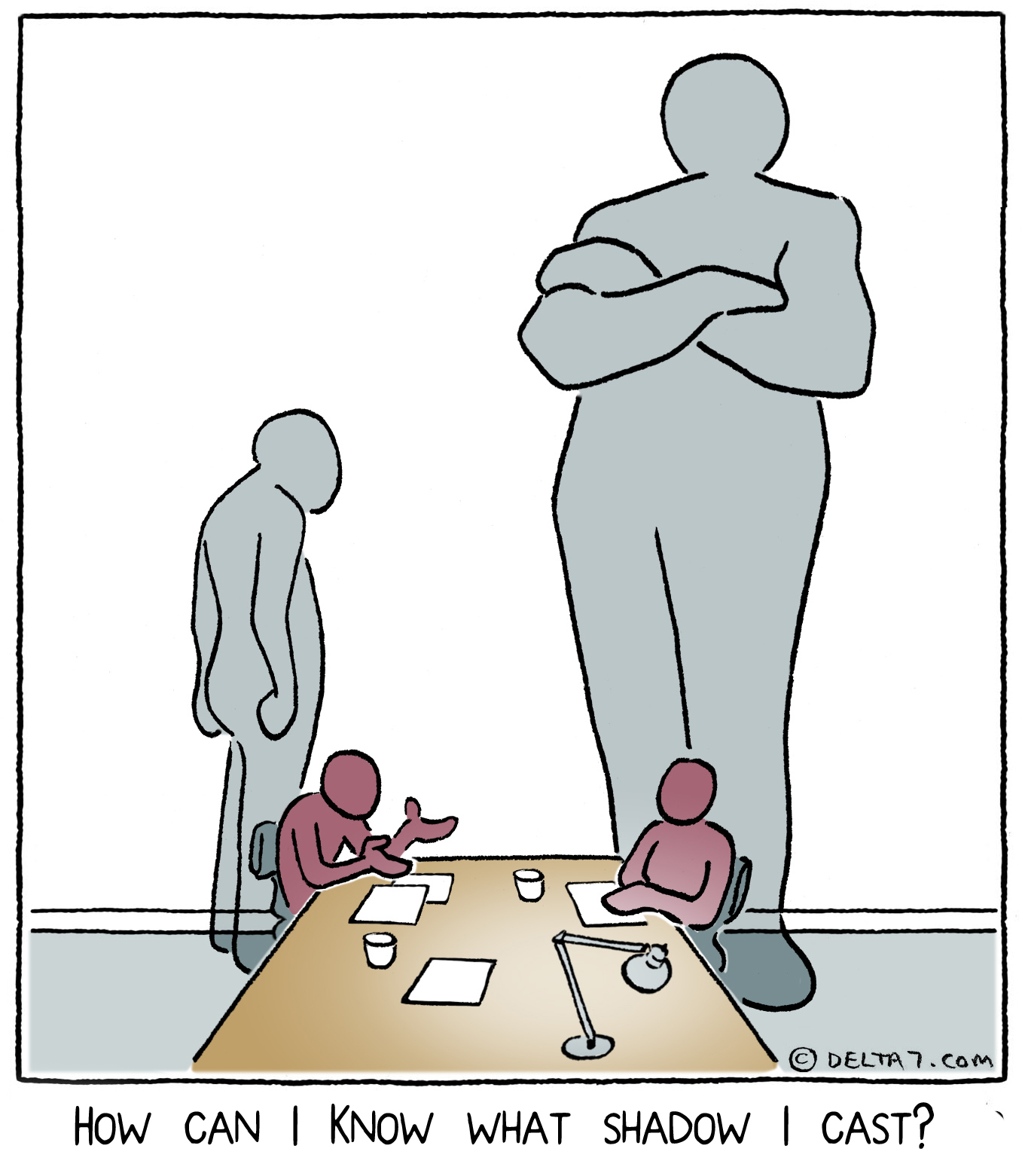What is the human cost of holding a "them" and "us" attitude about the people you work with?
Delta7 Change
One of the most pressing challenges that we experience when we work with organisations is the perjorative use of the pronoun “they”. It can creates internal silos and people “chucking things over the wall at each other” without understanding the impact of their actions or how they are unconsciously constructing stories about each other that get in the way of collaboration, and at what cost?
When you are focused each day on the challenges you and your team are facing it can firstly be overwhelming and secondly it can feel very isolating. More often than not we realise that issues have been built up and frustrations have evolved that are born of silence. When was the last time you discussed your relationship to another person at work? Probably never, right? It is still not the norm, not the done thing.
Yet what is the cost to the company of the existence of silos? In manufacturing, what is the cost of the rework it might mean? What is the cost of silos to your customer relationships? In the past collaboration, creativity and innovation have been things that organisations strived for to achieve a competitive advantage. Now it is becoming clear that they have become essential for survival.
So how do you break down these silos?
In the first instance – talk to each other. Make sense of the impact you each have and celebrate what works well.
In the second instance – contract with each other about how you will work together. Yes, it is counter to most organisational cultures to discuss such topics, but agreeing what you will do if something isn’t working for you and agreeing how you will talk about it, makes it far easier to bring up what could be seen as emotive topics.
















